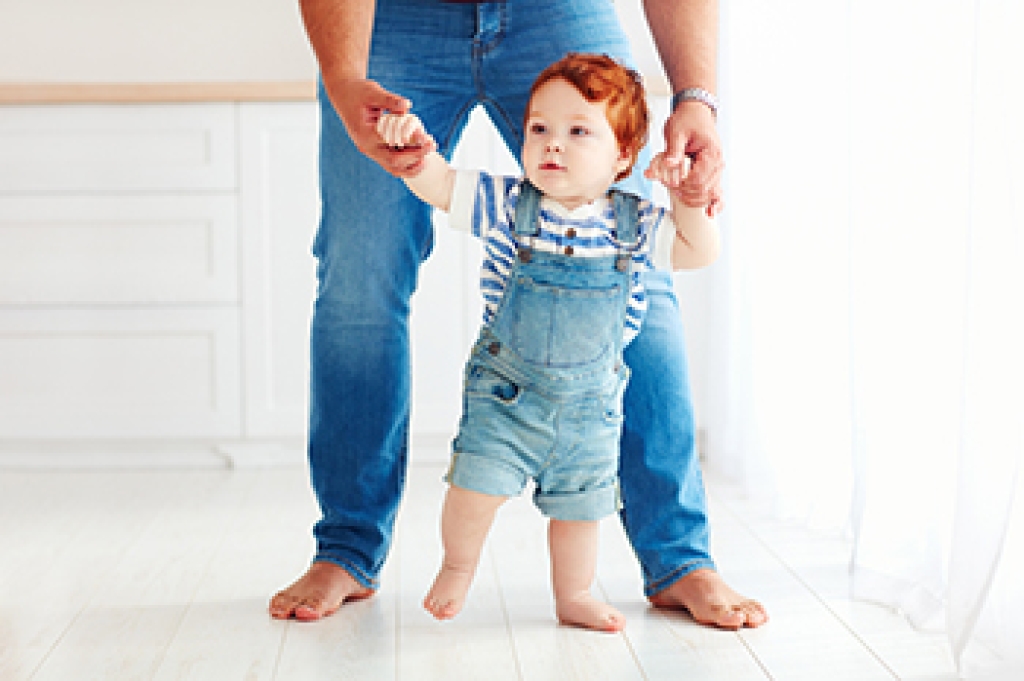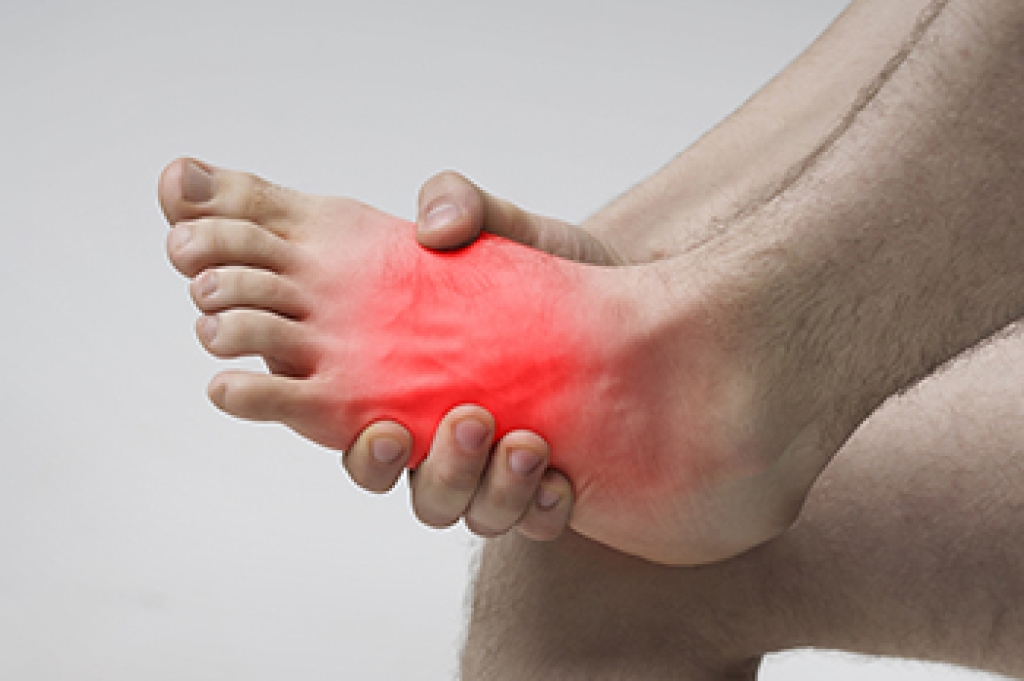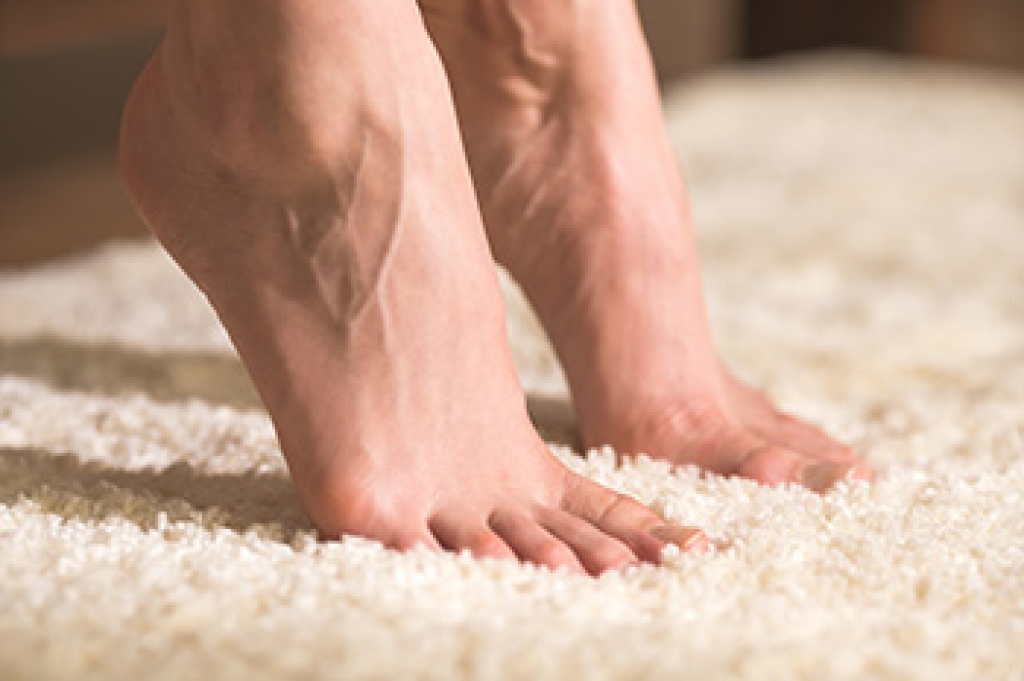
Foot and ankle pain is extremely common because these areas carry the full weight of the body with every step. People often notice aching from plantar fasciitis, stiffness from arthritis, burning from nerve irritation, or swelling from tendon strain. Some experience sharp pain along the heel, soreness across the arch, or discomfort around the ankle after even minor twists. Others feel symptoms linked to overuse, flat feet, or small stress injuries that develop slowly. A podiatrist can sort through these symptoms with a careful exam, imaging when needed, and a discussion of daily activities that may contribute to the problem. Treatment may include supportive footwear guidance, custom inserts, targeted stretching, or in office procedures to ease inflammation. If your pain persists, limits movement, or keeps returning, it is suggested that you see a podiatrist for effective relief and treatment solutions.
Ankle pain can have many different causes and the pain may potentially be serious. If you have ankle pain, consult with Pedram Aslmand, DPM from Advanced Foot and Ankle Center. Our podiatrist will assess your condition and provide you with quality foot and ankle treatment.
Ankle pain is any condition that causes pain in the ankle. Due to the fact that the ankle consists of tendons, muscles, bones, and ligaments, ankle pain can come from a number of different conditions.
Causes
The most common causes of ankle pain include:
- Types of arthritis (rheumatoid, osteoarthritis, and gout)
- Ankle sprains
- Broken ankles
- Achilles tendinitis
- Achilles tendon rupture
- Stress fractures
- Tarsal tunnel syndrome
- Plantar fasciitis
Symptoms
Symptoms of ankle injury vary based upon the condition. Pain may include general pain and discomfort, swelling, aching, redness, bruising, burning or stabbing sensations, and/or loss of sensation.
Diagnosis
Due to the wide variety of potential causes of ankle pain, podiatrists will utilize a number of different methods to properly diagnose ankle pain. This can include asking for personal and family medical histories and of any recent injuries. Further diagnosis may include sensation tests, a physical examination, and potentially x-rays or other imaging tests.
Treatment
Just as the range of causes varies widely, so do treatments. Some more common treatments are rest, ice packs, keeping pressure off the foot, orthotics and braces, medication for inflammation and pain, and surgery.
If you have any questions please feel free to contact our offices located in Long Beach, CA . We offer the newest diagnostic tools and technology to treat your foot and ankle needs.





